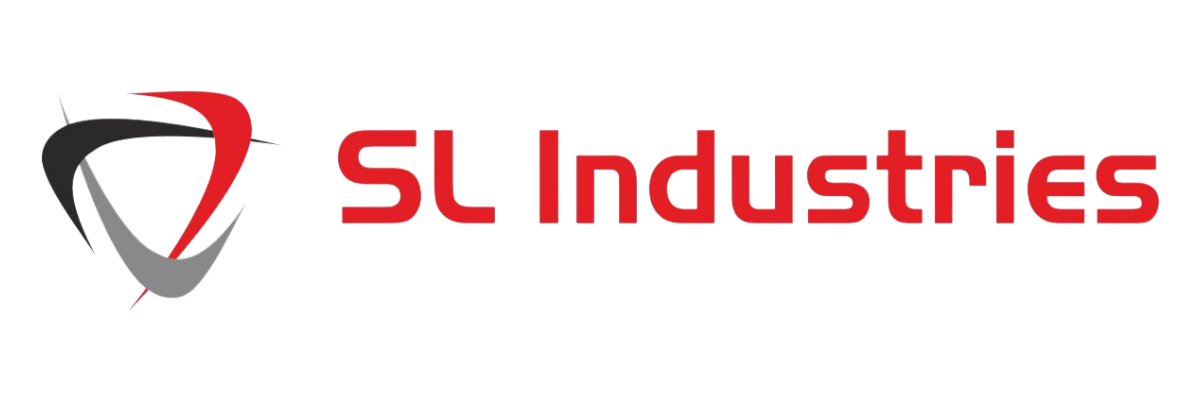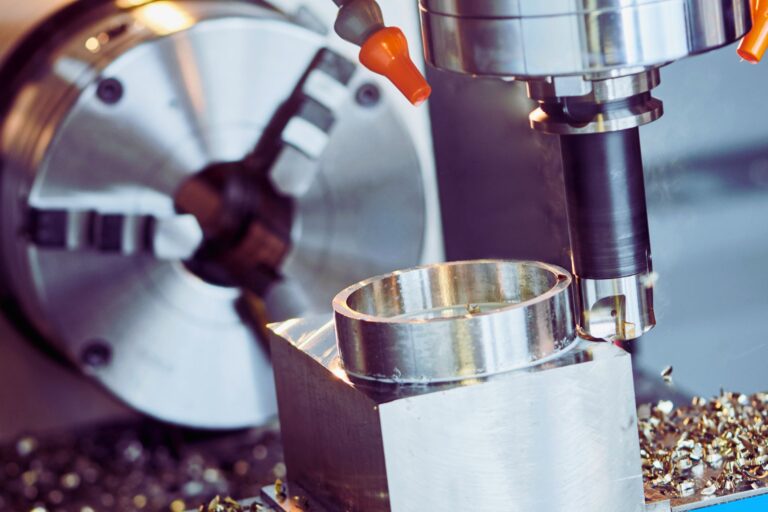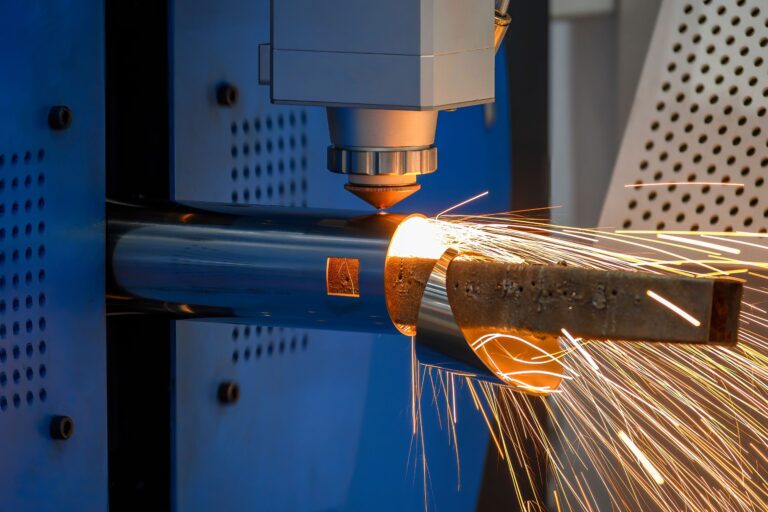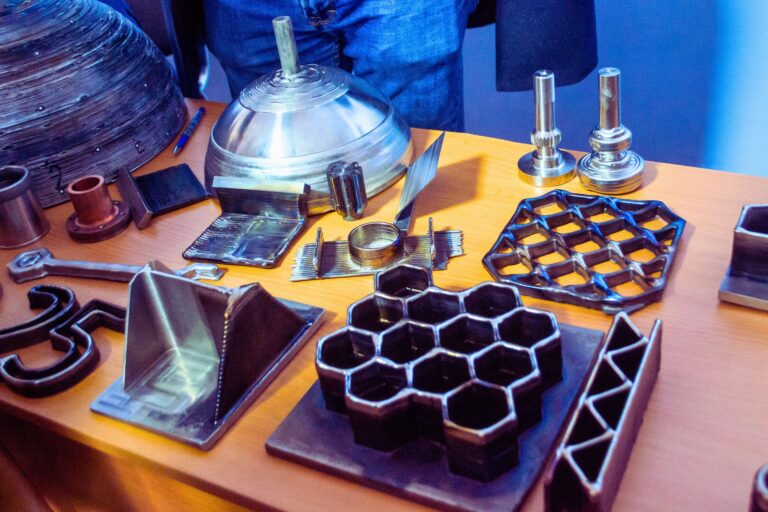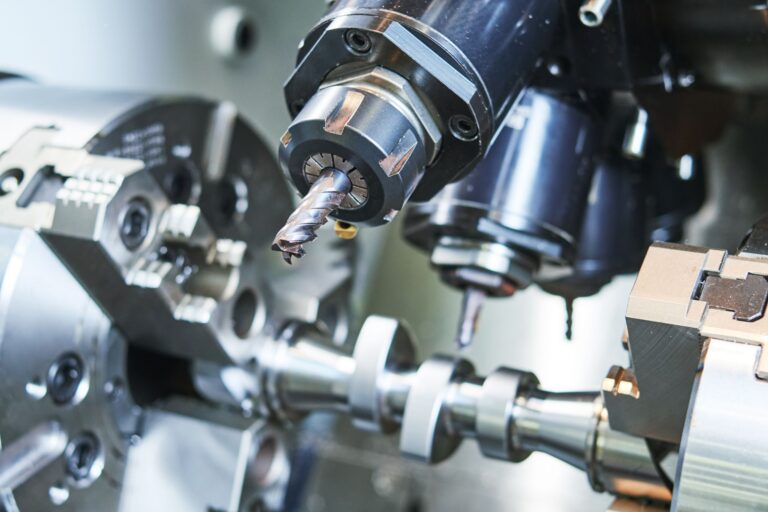In the ever-evolving manufacturing landscape, efficiency, cost-effectiveness, and quality control are key drivers of success. One method that has proven invaluable in achieving these goals is the use of subassemblies. By creating partially assembled components before final assembly, manufacturers can streamline production, reduce costs, and improve product quality. At SL Industries Ltd., we understand the strategic value of subassemblies and integrate them into our processes to deliver reliable, high-quality products for various industries, including heavy equipment, construction, and industrial machinery.
What Are Subassemblies?
A subassembly is a collection of components or parts that are assembled separately before being incorporated into the main assembly. This intermediate step in the production process allows certain sections of a product to be completed ahead of time, making it easier to handle, test, and assemble when integrated into the final product. Subassemblies can include anything from small parts of a machine to complex systems that perform specific functions.
Improved Efficiency in the Production Line
One of the primary benefits of using subassemblies is the increased efficiency they bring to the production line. By completing parts of the product in advance, manufacturers can streamline the final assembly process, allowing multiple teams to work on different parts of a product simultaneously. This parallel processing reduces bottlenecks, minimizes delays, and ensures that the final assembly stage is quick and efficient.
In industries where time is critical, such as automotive and heavy equipment manufacturing, subassemblies enable manufacturers to meet tight production deadlines and adjust to fluctuating demand without compromising on quality.
Enhanced Quality Control and Testing
Quality control is crucial in manufacturing, and subassemblies provide an opportunity to catch potential issues early in the process. By assembling and testing components individually before they are integrated into the final product, manufacturers can ensure that each subassembly meets strict quality standards. Any defects or inconsistencies can be identified and resolved before they impact the finished product.
For instance, at SL Industries, we perform rigorous testing on our subassemblies to ensure they are fully functional and meet all technical specifications. This approach minimizes the risk of costly rework and enhances the overall reliability of the final product, giving our clients confidence in the quality of our work.
Cost Savings Through Efficient Resource Management
Subassemblies can also lead to significant cost savings by optimizing the use of materials, labor, and equipment. When certain parts of a product are pre-assembled, manufacturers can order and store materials more efficiently, reducing waste and inventory costs. Additionally, by breaking down the production process into subassemblies, companies can allocate labor more effectively, assigning specialized teams to work on specific components.
This approach is particularly beneficial in projects that require complex components or advanced technical expertise. By focusing resources on each subassembly, manufacturers can ensure that skilled workers are used where they are most effective, reducing the likelihood of errors and improving overall productivity.
Flexibility in Production and Design Modifications
In today’s fast-paced markets, manufacturers must be able to adapt to changing requirements and customer demands. Subassemblies provide flexibility in the production process, allowing manufacturers to make design modifications or updates without overhauling the entire assembly line. If a client requests a change to a specific part, only the affected subassembly needs to be modified, rather than reworking the entire product.
This flexibility is particularly valuable in industries like automotive and medical equipment, where product specifications may change frequently to meet evolving regulatory standards or customer needs. By using subassemblies, manufacturers can respond to these changes with minimal disruption to the production timeline.
Simplified Supply Chain Management
The use of subassemblies can also simplify supply chain management by enabling manufacturers to outsource specific parts of the production process. Companies can partner with specialized suppliers to produce certain subassemblies, ensuring they are built to the necessary specifications and quality standards. This outsourcing strategy can reduce lead times, cut costs, and allow the primary manufacturer to focus on final assembly and quality assurance.
At SL Industries, we work closely with our trusted suppliers to source high-quality subassemblies that meet our standards. By collaborating with experts, we can reduce production time and deliver products that meet the expectations of our clients while maintaining control over the quality and performance of the final product.
Enhanced Safety and Reduced Risk
Subassemblies contribute to a safer production environment by reducing the complexity of the final assembly process. When smaller parts are pre-assembled, workers spend less time handling intricate components and are less likely to make mistakes that could compromise the safety of the product. This simplified process also reduces the risk of accidents on the production line, as workers are handling fewer parts and operating in a more organized and controlled environment.
For industries like construction and heavy equipment manufacturing, where product reliability and safety are paramount, subassemblies offer an added layer of assurance that each component is built to withstand the demands of real-world applications.
Real-World Applications of Subassemblies
The benefits of subassemblies are evident across a wide range of industries. In automotive manufacturing, subassemblies like engines, transmissions, and suspension systems are built separately and integrated into the final vehicle. In heavy equipment production, critical components such as hydraulic systems and control panels are pre-assembled and tested before being added to the main structure.
At SL Industries, we apply subassemblies across our product lines, ensuring that each piece of equipment we manufacture is built to last and meet the exact specifications of our clients. By embracing subassembly methods, we can deliver reliable, high-quality products that are ready to perform in the most demanding environments.
Conclusion
The use of subassemblies in manufacturing is a powerful strategy that enables companies to enhance efficiency, reduce costs, and maintain high standards of quality and safety. By streamlining production, improving quality control, and offering greater flexibility, subassemblies have become an essential part of modern manufacturing.
At SL Industries Ltd., we leverage the benefits of subassemblies to meet the needs of our clients, providing reliable products that excel in performance and durability. As we continue to innovate and adapt to industry demands, subassemblies will remain a cornerstone of our manufacturing process, helping us deliver solutions that drive success in today’s competitive market.
